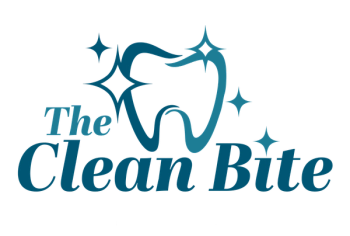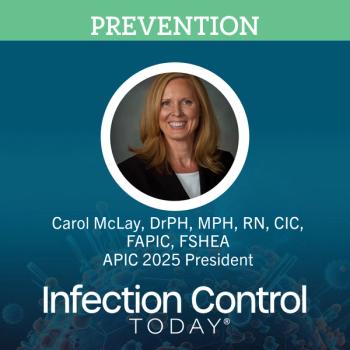
EUA Submitted for Moderna COVID-19 Vaccine Amendment for Fourth Dose
The FDA approved the Moderna vaccine as a 2-dose primary series for persons 18 years of age and older earlier this year.
This article was originally published in
Moderna announced yesterday it has submitted its amended application for an Emergency Use Authorization to the Food and Drug Administration (FDA) to include its Spikvax COVID-19 vaccine for a fourth booster dose for people 18 years of age and older who have received an initial booster of any of the authorized or approved COVID-19 vaccines.
This development comes shortly after Pfizer applied for an EUA for a fourth dose of its COVID-19 vaccine.
As concerns of the
American public health officials are watching this variant, but have not changed guidance on mask-wearing or other prevention measures for the moment.
Earlier this year,
“Our COVID-19 vaccine has been administered to hundreds of millions of people around the world, protecting people from COVID-19 infection, hospitalization and death,” Moderna CEO Stéphane Bancel, said at the time. “The totality of real-world data and the full BLA for Spikevax in the United States reaffirms the importance of vaccination against this virus.”
Moderna's vaccine has received approval by regulators in more than 70 countries, including Canada, Japan, the European Union, the UK, Israel, according to Moderna.
In late January, the company announced it had begun its phase 2 clinical trial extension for its Omicron-specific booster (mRNA-1273.529) vaccine candidate. Moderna said it was an extension of an earlier study that will evaluate the immunogenicity, safety, and reactogenicity of mRNA-1273.529 as a single booster dose in adults aged 18 years and older.
Newsletter
Stay prepared and protected with Infection Control Today's newsletter, delivering essential updates, best practices, and expert insights for infection preventionists.





